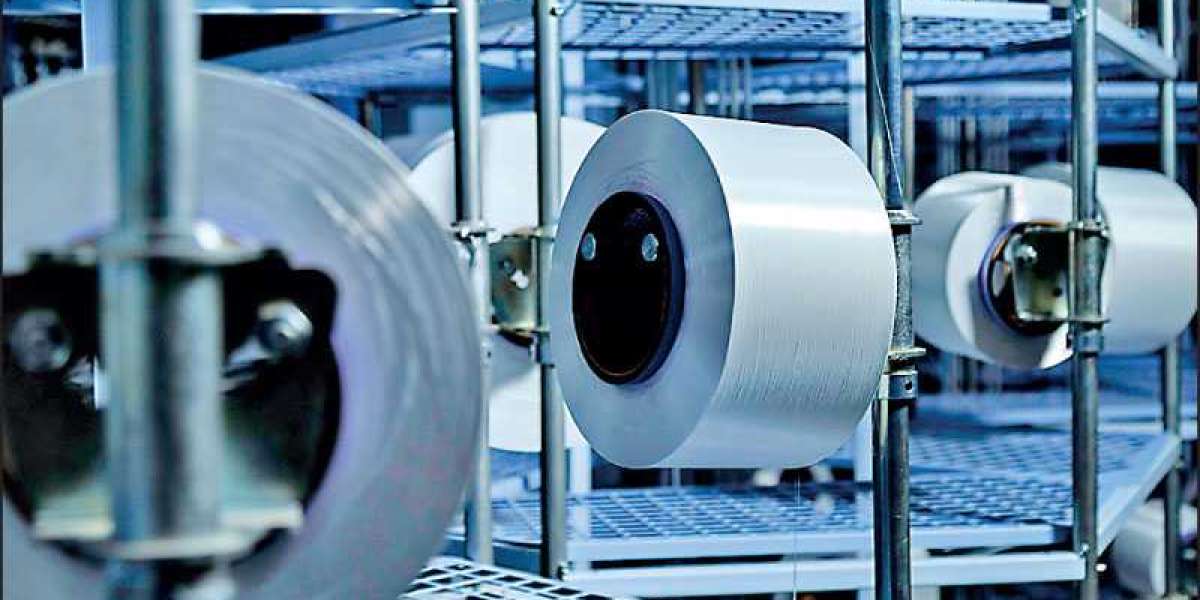Exploring MonoFilament Technologies: Innovations, Advancements, and Future Trends
In today's rapidly evolving world of materials science and engineering, mono filament technologies continue to push the boundaries of innovation. From textiles to industrial applications, mono filaments play a pivotal role in various industries, offering strength, durability, and versatility. In this article, we delve into the latest advancements and future trends shaping the landscape of mono filament technologies.
Understanding MonoFilaments: Composition and Characteristics
Mono filaments are single, continuous fibers typically made from polymers such as nylon, polyester, polyethylene, or polypropylene. These fibers boast uniform thickness and high tensile strength, making them ideal for a wide range of applications. Mono filaments can be produced through extrusion processes, where molten polymer is forced through a spinneret to form a single filament strand. The resulting fibers can vary in diameter, length, and properties depending on the manufacturing process and material used.
Innovations Driving MonoFilament Technologies
Advanced Materials: Manufacturers are constantly exploring new polymer formulations and additives to enhance the performance of mono filaments. Innovations in material science have led to the development of ultra-high molecular weight polyethylene (UHMWPE) and other high-performance polymers, offering superior strength, abrasion resistance, and chemical stability.
Nanostructuring: Nanotechnology is revolutionizing the production of mono filaments by incorporating nanoscale features into the fiber structure. Nanostructured mono filaments exhibit unique properties such as enhanced strength, flexibility, and antimicrobial properties, opening up new possibilities for applications in healthcare, textiles, and advanced composites.
Functionalization: Surface modification techniques are being employed to impart specific functionalities to mono filaments, such as water repellency, flame retardancy, and conductive properties. Functionalized mono filaments find applications in technical textiles, filtration membranes, and smart materials for electronics and sensors.
3D Printing: Additive manufacturing technologies are being utilized to fabricate complex structures and customized products using mono filaments. 3D printing with mono filaments enables rapid prototyping, on-demand production, and design flexibility, revolutionizing the manufacturing process across industries.
Future Trends in Mono Filament Technologies
Biodegradable Filaments: With increasing environmental concerns, there is a growing demand for biodegradable mono filaments made from renewable sources such as bio-based polymers or natural fibers. Future trends point towards the development of sustainable alternatives to traditional synthetic mono filaments, catering to eco-conscious consumers and industries.
Smart Filaments: The integration of sensors, actuators, and electronic components into mono filaments is a promising area of research for smart textiles and wearable technology. Future advancements may enable the production of interactive fabrics capable of sensing, monitoring, and responding to environmental stimuli, revolutionizing healthcare, sports, and consumer electronics.
Customized Solutions: As manufacturing technologies continue to advance, the ability to tailor mono filaments to specific performance requirements and end-user preferences will become increasingly feasible. Future trends may see the widespread adoption of personalized mono filament solutions for niche applications, driving innovation and customization in the industry.
MonoFilament Manufacturer in Asia: Leading the Way in Innovation
Asia has emerged as a hub for mono filament manufacturing, with a diverse range of companies at the forefront of innovation. From Japan to China and India, Asian manufacturers are leveraging advanced technologies, research capabilities, and skilled workforce to develop cutting-edge mono filament products. These manufacturers are driving innovation in materials, processes, and applications, shaping the future of mono filament technologies on a global scale.



